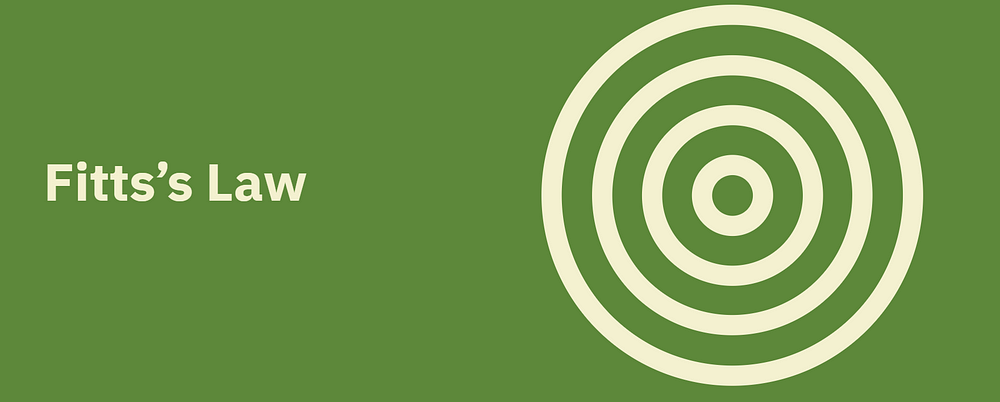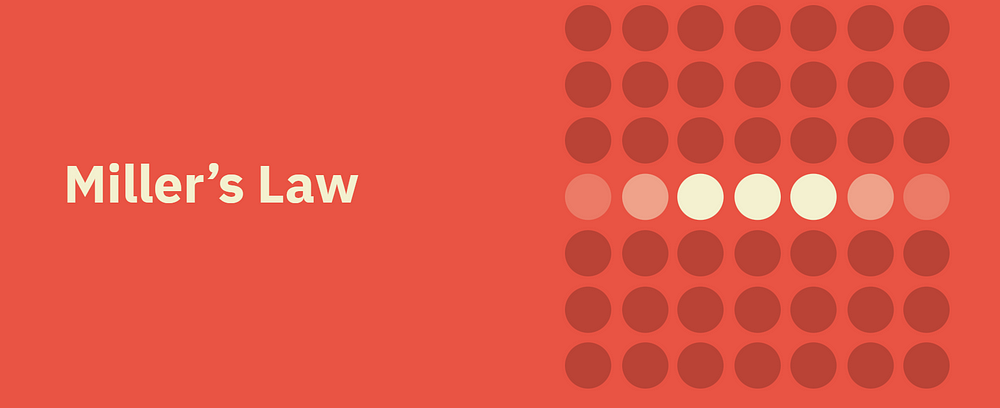Bringing Design Laws to Life: Captivating UI/UX Examples
Introduction:
User Interface (UI) and User Experience (UX) design have become paramount in the digital landscape, shaping how users interact with technology. To create intuitive and engaging digital experiences, designers rely on a set of fundamental laws that guide their decisions. In this blog, we will delve into the topmost used laws of UI/UX design and illustrate each law with live examples from real-world applications.

- Hick’s Law: Simplicity in Choices
Hick’s Law states that the time it takes for a person to make a decision increases with the number and complexity of choices available. In UI/UX design, this law underscores the importance of presenting users with clear, focused choices to avoid decision paralysis.

Example: Apple’s iOS Settings menu is an excellent example of applying Hick’s Law. The menu is organized into distinct categories, each leading to specific settings. Users can easily locate what they need without being overwhelmed by a plethora of options.
2. Fitts’s Law: Optimal Click Targets
Fitts’s Law asserts that the time required to move to a target area is a function of the target’s distance and size. Designers often use this law to create easily clickable and interactive elements.

Example: The Google Maps app implements Fitts’s Law by enlarging icons like “Search” and “Directions” at the bottom of the screen. These larger targets make it effortless for users to initiate actions quickly.
3. Jakob’s Law: Familiarity Breeds Intuition
Jakob’s Law emphasizes that users expect your website or app to follow conventional design patterns and interfaces. Sticking to familiar layouts and elements enhances user understanding and navigation.

Example: E-commerce platforms often place the shopping cart icon in the upper right corner. Amazon’s website adheres to this convention, making it easy for users to locate their cart, regardless of the page they are on.
4. Gestalt Principles: Perceiving Wholeness
These principles describe how humans perceive and organize visual elements. The principles include Proximity (grouping items close to each other), Similarity (grouping visually similar items), Continuity (perceiving smooth and continuous patterns), and more.
Example: The logo of FedEx cleverly utilizes negative space between letters to create an arrow, demonstrating the Closure principle of Gestalt. This subtly reinforces the idea of movement and direction, aligning with FedEx’s business.
5. Miller’s Law: Limiting Information Processing
Miller’s Law posits that the average person can only hold 7 (plus or minus 2) items in their working memory. Designers should consider this limit when organizing information and content on screens.

Example: Evernote applies Miller’s Law by offering a simplified note-taking interface. Users are encouraged to focus on one note at a time, preventing cognitive overload.
6. Zeigarnik Effect: Unfinished Tasks Grab Attention
This psychological principle suggests that people remember uncompleted or interrupted tasks better than completed tasks. In design, this can be leveraged to encourage user engagement.

Example: Social media platforms utilize the Zeigarnik Effect by showing incomplete notifications (e.g., “2 new messages”) to pique users’ curiosity and encourage them to check their accounts.
Conclusion:
By incorporating these fundamental laws of UI/UX design into your projects, you can create interfaces that are not only visually appealing but also intuitive and user-friendly. Remember, these laws provide a foundation for your design decisions, but creativity and innovation remain essential in delivering exceptional digital experiences. As you embark on your design journey, keep these laws in mind and continually seek ways to balance them with cutting-edge ideas.

